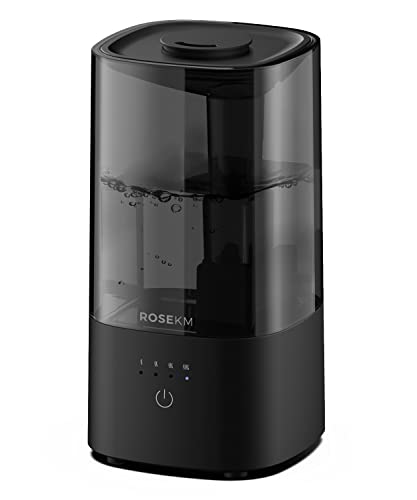Birds of Paradise add a touch of beauty to any space, but sometimes their leaves curl, turn brown, or get dry. This is a common issue and can happen for a few reasons, not just because of water.
If you’ve had trouble keeping your Bird of Paradise healthy, you’re in good company. Many people face this challenge.
Let’s look at what might be causing the problem with your plant and how to fix it. I’ll cover everything from how much water it needs to other things that can affect its health. With a few simple changes, you can get your plant back to looking lush and lively.
- Related article: Bird of Paradise Plant Varieties
6 Key Takeaways on Why Are My Bird of Paradise Leaves Curling
- Leaf curling in Birds of Paradise can be caused by several factors. These include underwatering, low-quality water, temperature fluctuations, insufficient sunlight, poor soil quality, pests, diseases, or transplant shock.
- To prevent leaf curling, keep the soil moist, use clean water, maintain stable conditions, and provide proper lighting. Make sure the soil is rich in nutrients, treat any pests or diseases, and give the plant time to adjust after repotting.
- Leaf splitting can happen naturally due to environmental factors or excessive movement. Strong winds can also contribute to splitting.
- To rehydrate a Bird of Paradise, give it a thorough shower or soak it in water to ensure it absorbs enough moisture.
- Overwatering can lead to root rot, which causes leaves to curl and turn yellow. Proper watering and good drainage help prevent this issue.
- To prevent leaf curling due to low humidity, maintain humidity levels by using a humidifier or regularly misting the plant.
Why Are My Bird of Paradise Leaves Curling?
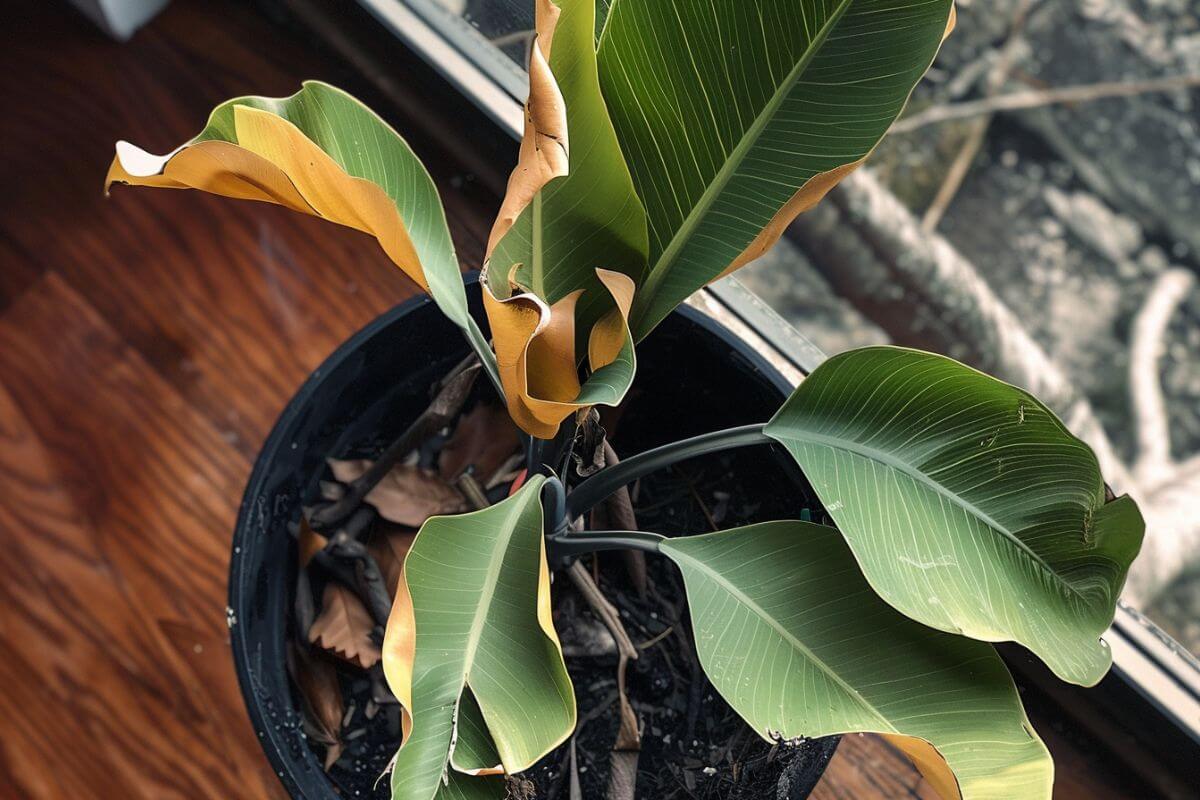
There are several reasons why your bird of paradise leaves might start to curl. Here are some of the most common:
1. Your Bird of Paradise Is Not Getting Enough Water
If you don’t water enough, the bird of paradise plant will dry out and its roots will wilt. As it dries out, the leaves will curl and it begins to die. The leaves begin to turn brown and curl up.
Birds of Paradise need plenty of water to survive because they have large leaves. The leaves absorb lots of water to grow healthy.
To address underwatering issues in your Bird of Paradise, be sure to check the soil regularly to ensure it stays moist. Simply test the top two inches of soil with your finger — if it feels dry, it’s time to give your plant a thorough watering. Adjust your watering schedule as necessary based on your plant’s needs.
Make sure the plant has no standing water and has well-draining soil, so the excess water drains out of the pot’s drainage holes to avoid overwatering issues.
2. Your Bird of Paradise Is Getting Low Quality Water
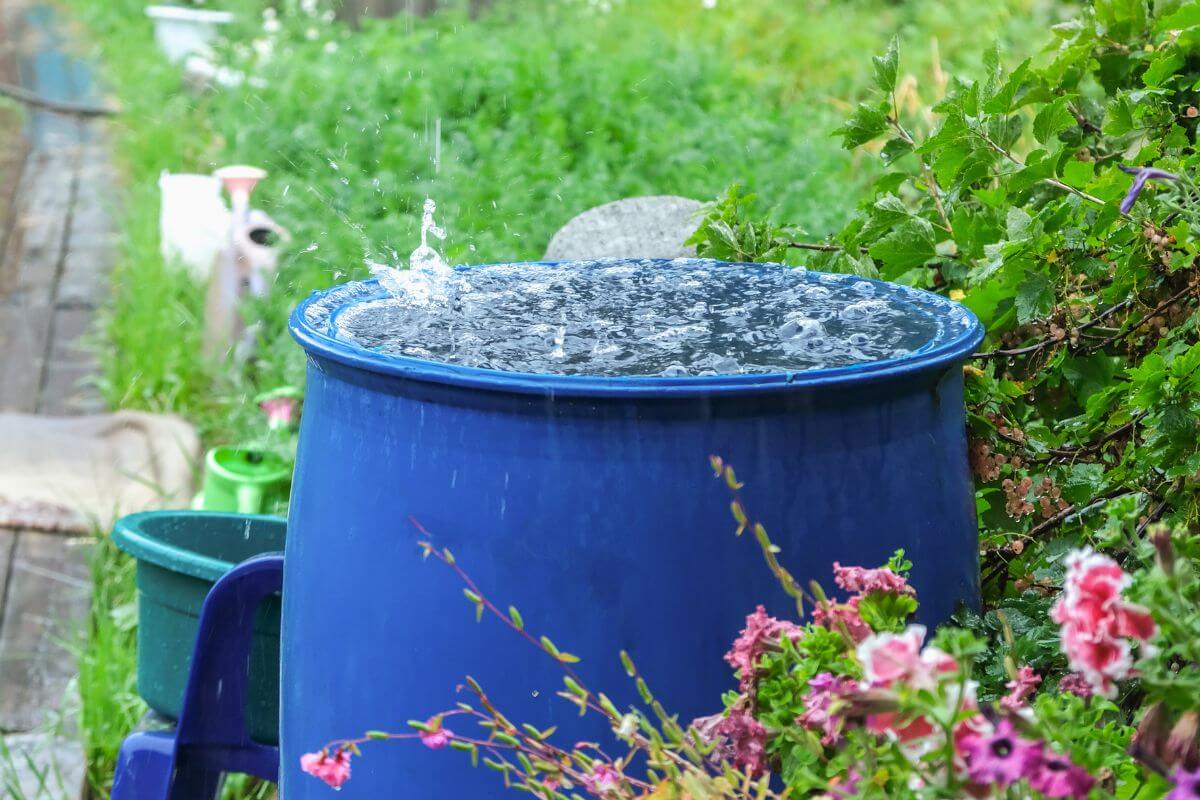
Your tap water may contain harmful chemicals or trace elements, like chlorine and fluoride. These could affect your bird of paradise and make its leaves curl.
The amount of chemicals in hard water is determined by where you live. You should check if there are any changes in the amount of chemicals or trace elements in your tap water.
To help resolve chlorine issues in your bird of paradise, simply leave tap water overnight to allow the chlorine to evaporate. Birds of Paradise require clean water to thrive.
Better options for water are rainwater and filtered water. Make sure to monitor your soil moisture and tweak your watering routine as needed.
3. Your Bird of Paradise is Getting Subjected to Cold Temperatures or Sudden Temperature Changes
Birds of Paradise enjoy a humid and warm climate with a temperature range between 65-85°F.
They also do not like sudden temperature changes or cold temperatures. When the temperature drops below 60°F, the plant starts to slow down and eventually stops growing.
Birds of Paradise should be planted in areas that stay in the general temperature range and shouldn’t be near any heat sources or air conditioners. Indoor-grown plants benefit from being placed on a pebble tray or near a humidifier to maintain optimal humidity levels.
4. Your Bird of Paradise is Getting Insufficient or Too Much Sunlight
Birds of Paradise require bright, indirect light. Direct sunlight causes leaf burn and curling, while too little light causes wilting and curling leaves.
Insufficient light is a common issue with indoor plants like the Bird of Paradise. To address this, it’s crucial to find the ideal location for your plant. Place it near west or east-facing windows where it can receive gentle, indirect sunlight. Avoid direct sunlight, as it can harm the plant.
Positioning your Bird of Paradise in a spot with bright, indirect sunlight will create the best conditions for its growth and overall health.
5. Your Bird of Paradise is Planted in Poor Quality Soil
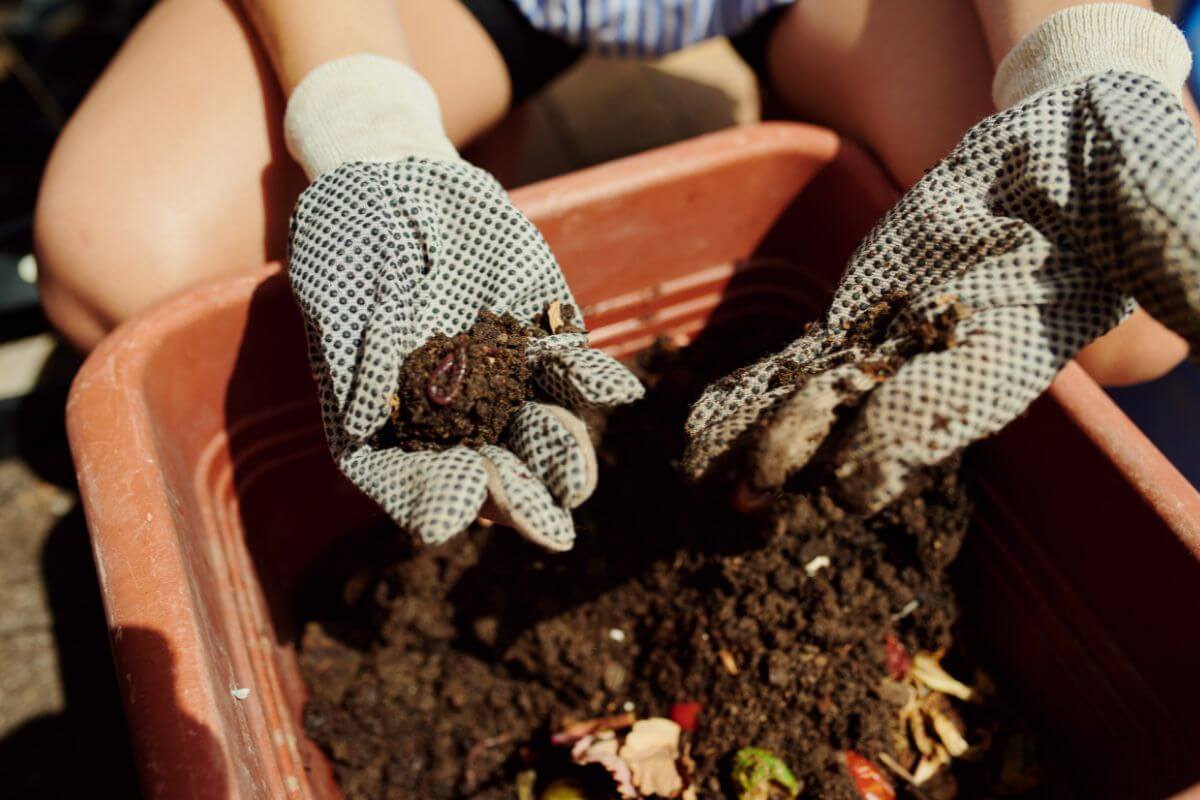
Birds of Paradise need nutrient-rich soil to grow healthy. These are heavy feeders, so they need plenty of nutrients. But not too much, because over-fertilization can burn the roots and kill the plant.
A soil pH level of 5.5 – 7.5 is ideal as it’s slightly acidic. To decrease the pH of your garden soil, add sulfur or peat moss to your soil mix.
If your bird of paradise has been fertilized too much, replace the top couple of inches of soil. Rinse the soil thoroughly (allow it to drain completely between rinses) before planting again.
- Learn more about how to Properly Fertilize a Bird of Paradise Plant
Poor-quality soil should be replaced with better soil. If the whole pot of soil is bad, consider repotting the bird of paradise into fresh potting soil.
6. Your Bird of Paradise Is Getting Infested With Pests
Sap-sucking insects are the most damaging to plants and will cause the leaves to curl. Mealybugs, scales, thrips, and spider mites will cause the most damage to leaves.
Here is a way to solve the issue of pest infestation on Birds of Paradise:
Check your plants for signs of insects. Use insecticidal soap or neem oil to kill them. Organic neem oil can help kill bugs without harming humans or pets. You might consider using fine mesh or netting to deter larger pests.
Prune infested areas to remove pests and improve air circulation. It’s also important to isolate the affected plant to prevent the infestation from spreading to other plants.
7. Your Bird of Paradise Has an Infection or Disease
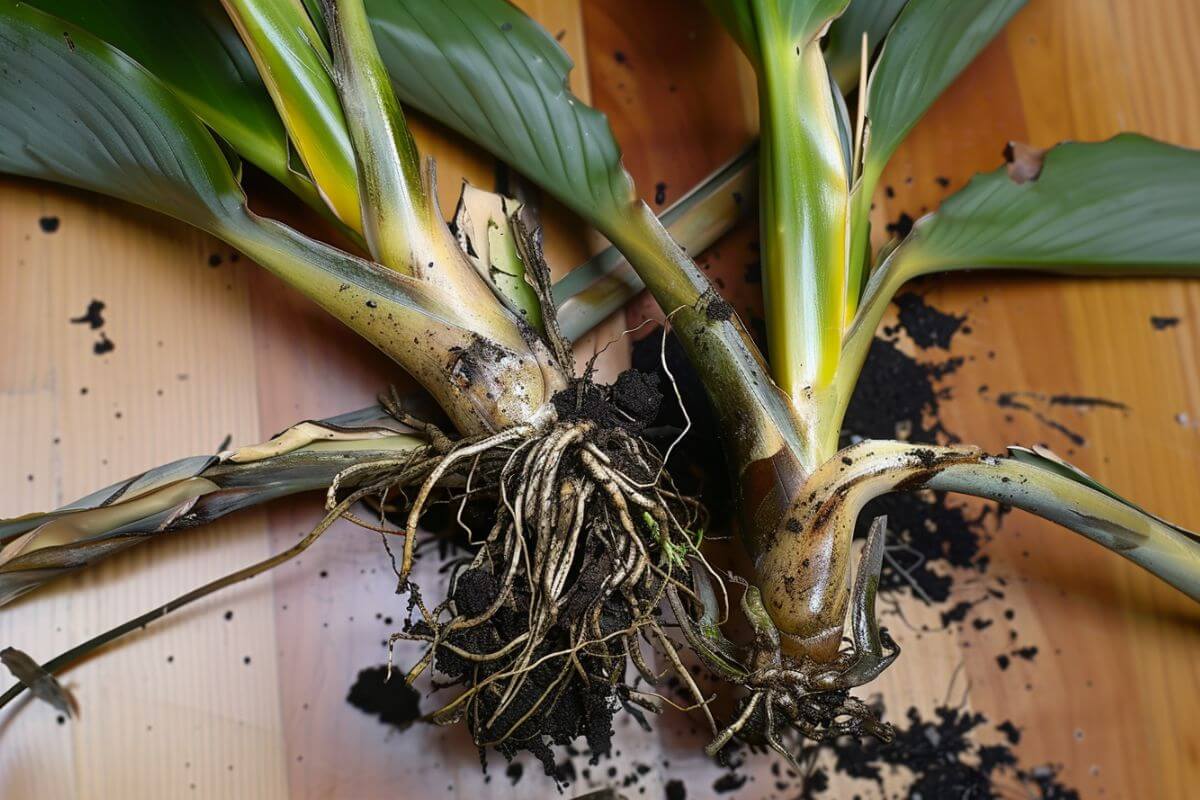
Birds of Paradise enjoy moisture, but high amounts of moisture can also lead to diseases or fungal infections. They are susceptible to fungus infections, especially if it’s overwatered, which leads to root rot.
Root rot and leaf spot are two common forms of this problem. To prevent root rot, use well-draining potting soil and containers with drainage holes. Leaf spots can be treated with fungicides.
Here are steps to treat diseased and infected Birds of Paradise:
- Remove affected parts
- Disinfect salvageable portions with diluted hydrogen peroxide
- Replant them in fresh soil and a new pot
Planting them in new soil and pots helps prevent disease. Copper-based fungicides help plants recover from diseases like leaf spot.
8. Your Bird of Paradise Is Not Being Repotted or Transplanted on Time
Your bird of paradise should be repotted every two years to avoid plants that are too rootbound. When plants are rootbound, their roots will start peeking out of the drainage holes or the soil surface.
If the plant is rootbound, the leaves can curl. Another reason for leaves curling is the transplant shock from repotting. Transplant shock comes from the plant being disturbed by the new environment, so you want to give the plant time to adjust.
After repotting, continue to water and fertilize as you normally would. After a couple of weeks, the leaves should go back to their healthy selves.
9. Your Bird of Paradise Is Getting Subjected to Low Humidity
The bird of paradise is a tropical plant that loves humidity and moisture. Its leaves need lots of it. It enjoys warm, humid conditions.
Low levels of humidity can cause leaves to curl. Their leaves have lots of surface area, and they can easily lose moisture. High humidity helps prevent this.
A humidifier or misting the leaves once or twice a week is recommended. Be sure to stop if you see leaf spots because that’s an indication that there’s too much moisture. A pebble tray can also help increase humidity to prevent curled leaves.
I recommend the ROSEKM Quiet Ultrasonic Humidifier because it’s quiet and doesn’t emit any noise.
Other Common Bird of Paradise Leaf Issues
Bird of Paradise plants need to be monitored closely because of the size of their leaves. Any common issues on its leaf should be addressed right away before the plant dies.
Why Are My Bird of Paradise Leaves Turning Yellow?
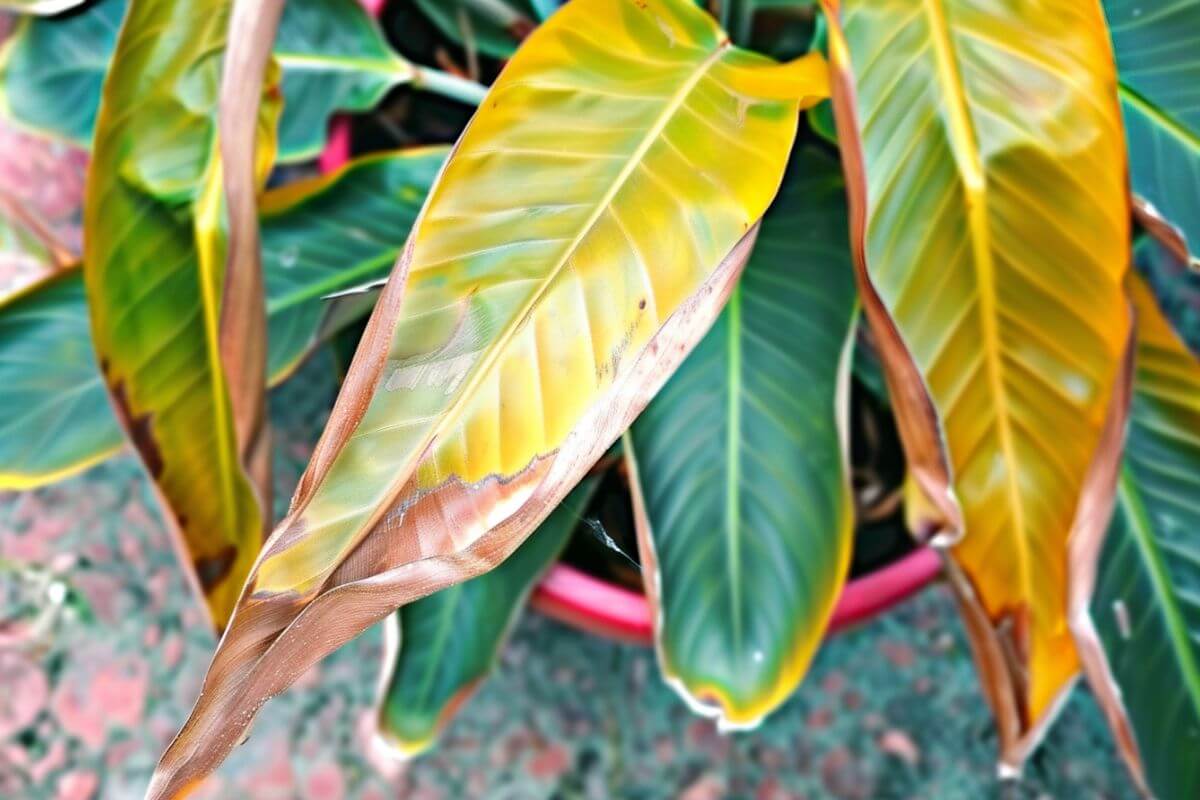
Seeing yellow leaves on your bird of paradise plant? It’s a sign that something’s off. The most common reasons include age, too much water, not enough light, or a lack of nutrients. If the leaves also have brown edges, it’s like a double warning about the same problems.
Here’s what you can do to address the yellow leaf problem in your Birds of Paradise:
- First, get rid of the old, damaged leaves. This helps the plant focus on the new ones.
- Next, when you water the plant, make sure the water can flow out of the pot easily. That way, the plant won’t sit in water, which it doesn’t like.
Your bird of paradise needs lots of bright, indirect light. And it enjoys good soil with the right food – fertilizer. This mix of care should help your plant get back its green, healthy leaves.
Why Does My Bird of Paradise Leaves Have Brown Spots?
Brown spots or browning leaves can be caused by many things. Too much direct sun can cause brown spots. Over-fertilizing can also cause brown spots.
The fungus can also cause brown spots on birds of paradise. Pest infestations can also cause brown spots as well.
Monitor your bird of paradise regularly to prevent these issues. If you do find yourself dealing with a problem, treat your plant with proper care.
Why Are My Bird of Paradise Leaves Splitting?
Bird of Paradise plants are beautiful plants that need gentle touch. Moving them a lot can make their leaves split or fall off. This can happen if you, your kids, or your pets often brush against the leaves.
The splits in Bird of Paradise leaves are actually helpful. They let the plant deal with strong winds by letting the air pass through. So, if you see splits, the plant is just getting ready for breezy days. It’s not sick or under attack from bugs.
To stop the leaves from splitting, keep the plant away from direct sunlight or very warm spots. This helps to keep the leaves from getting too dry. By creating a cozy, not-too-windy spot, you’re helping your Bird of Paradise stay healthy and whole.
Why Are My Bird of Paradise Leaves Not Opening?
Bird of Paradise leaves open and flowers bloom with proper care. That means enough light, enough water, high humidity, and no pests.
A plant needs bright, indirect light. It should be watered thoroughly when the top two inches of soil are dry and checked regularly for pest infestation.
Bird of Paradise Leaves Curling Final Thoughts
Understanding why your Bird of Paradise leaves are curling is important for keeping this plant happy. Everything from how you water it to the place you put it matters a lot. Even the quality of the soil and whether there are any bugs or diseases are big deals.
To stop the leaf curl and make your Bird of Paradise thrive, you need to be a good plan inspector. That means you check on it often, fix problems fast, and give it the perfect mix of water, food, and light. These are the secrets to having a lush, green plant that looks like it’s straight from the tropics.
Taking care of a Bird of Paradise is a bit of a puzzle, but it’s so worth it when you see those big, exotic leaves. It can be a real joy to have a piece of the tropics right in your home or garden.
Bird of Paradise Leaves Curling FAQs
1. How Do You Rehydrate a Bird of Paradise?
To rehydrate a Bird of Paradise, you can give it a nice shower by taking it out of its fancy pot and placing it under a showerhead, in a bathtub, or outside. This deep watering helps the plant soak up moisture, and you might even let it soak in water for an hour or two, depending on how thirsty it seems.
2. Does Overwatering Cause Bird of Paradise Leaf Curl?
Yes, excessive watering can induce leaf curl in Bird of Paradise plants. Overwatering can trigger root rot, resulting in curled and yellowed leaves. This occurrence is particularly frequent in indoor settings, where the plant may not have adequate time to dry out between waterings.
3. Why Is My Bird of Paradise Leaves Splitting?
Bird of Paradise leaves might split if they’re moved around too much or exposed to strong winds. Also, sudden changes in temperature or humidity can play a part in causing leaf splitting. It’s best to keep them in a stable environment and handle them gently to prevent this issue.
Check out these other Bird of Paradise articles to learn more about this plant species:

